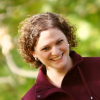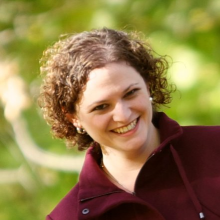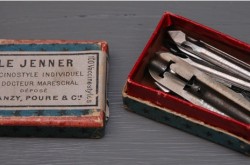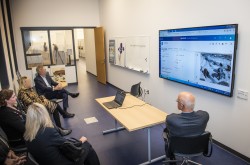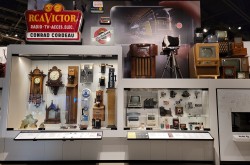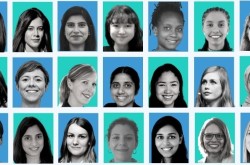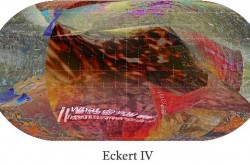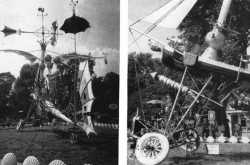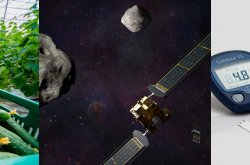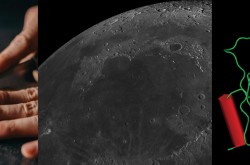Code in Place: Learning Python during a pandemic

One day in March 2020, my Ingenium colleagues and I were at the office going about our usual jobs. The next day, the world changed. Directives went from “you are encouraged to work from home” to “you are working from home” in the space of a few hours. Schools and childcare were cancelled, so my son was home too. It was (and still is) scary, overwhelming, and sometimes, impossible.
This isn’t news — most people around the world are in the same boat. The news cycle is fast, knowledge about the COVID-19 virus ever evolving, and people’s reactions are almost as variable. In this article, I want to tell you about one extraordinary reaction to being told “Shelter in Place” — the decision by two Stanford professors to engage in an epic, educational experiment.
I was browsing Twitter one evening, and stumbled upon a tweet:

The “Karel” program, a tool used by Stanford Computer Science to introduce students to the basics of Python and other programming languages.
I was intrigued. I knew nothing about Stanford’s Computer Science program, and had never taken any sort of coding course. My background is firmly in the “Liberal Arts,” but I recognized that a knowledge of Python — a high-level, general purpose programming language — might help me to better engage with the technical side of my work as the Digital Content Officer for Ingenium, or at the very least be able to speak more coherently about what I wanted with developers.
So, I applied. The application page asked for a short description of why you wanted to learn Python, a commitment that you would work on the course for at least 15 hours a week, and a few basic programming exercises using a small “robot” program called Karel. Application submitted, I moved on to my next task, unaware of what was going on behind the scenes. Chris Piech and Mehran Sahami, the professors behind the experiment, were amazed to discover their generous offer had tapped into a need. They expected 1,000 applications at most — they received over 80,000.
Somehow, I managed to get a spot. They took in almost 10,000 students, and secured volunteer section leaders for groups of 10 to 12 learners. Participants were from all over the world, with backgrounds even more varied than their locations. In my small section alone, we had students from the USA, Italy, Ukraine, and Canada.
From the beginning, the experience was amazing. Discussion boards with an active and engaged community sprang to life. We began to realize we were not just signed up for a class, but for something bigger.
The lectures were exceptional, thanks to Dr. Sahami and Dr. Piech’s laid back, easy to follow teaching style, and challenging assignments helped solidify the concepts. The section groups were a place for 10-12 course participants to tackle tough concepts together with a volunteer section leader. It was intense, took time and patience, but it was so, so worth it (even when our kids showed up during class).
I can't pretend that I am a pro at programming (although I know much more now than I did) — no five-week course could give you that — but knowing how things work a bit below the hood has helped me understand so much more about how technology works. In addition, the community feeling, accessible style and generously donated time from all involved was been a bright spot in an otherwise dreary situation.

The final project for the course was left up to us; participants could build a program of their own choosing. I decided to create a little program that could read a file that contains the file names and caption information for some of Ingenium’s archival photos, and finds a Zoom background image based on a keyword imputed by the user. Developing this fun piece expanded my skills to include importing and working with data, which is something I often have to do for my job at Ingenium. Here is a link to a video of it working. While you are there, check out some of the other projects, they are really amazing!
The course also sparked a podcast called Humans of Code in Place, telling some remarkable participants stories.
In closing, I want to extend a big thank you to the Code in Place team. Opportunities like this don’t come up every day, and I am glad I had the chance to participate. You can read more about the project in the Stanford Daily.

